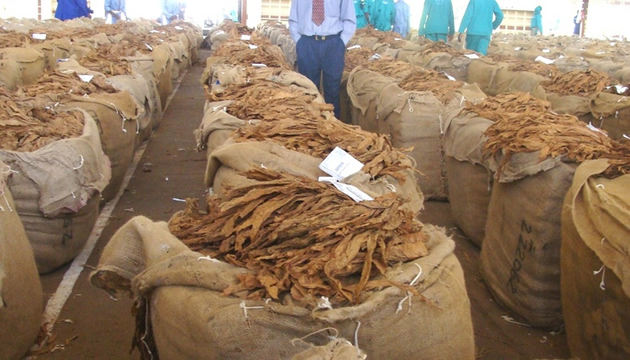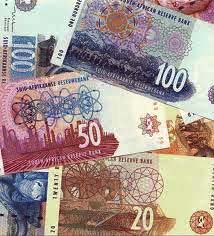Tobacco sales close 2015 at $900 million

Oliver Kazunga Senior Business Reporter
ZIMBABWE’S tobacco export earnings closed year 2015 at $867 million compared to $772,5 million achieved in 2014, data from the Tobacco Industry and Marketing Board (TIMB) shows.
Statistics further show that last year’s tobacco exports increased by 12 percent to 151,9 million kilogrammes compared to 135,5 million kg in 2014.
In 2013, the country earned more than $1 billion from tobacco exports.
Zimbabwe is the major flue-cured tobacco producer in Africa and occupies fifth position in the world as many farmers joined the lucrative farming sector following the successful land reform programme the government embarked on in 2000.
However, TIMB has indicated that the number of registered tobacco growers for the 2015/16 cropping season has dropped by 20 percent to 70,161 compared to 88,167 in the 2014/15 farming season.
The decline in tobacco growers has been attributed to a decline in average selling price at the auction floors.
New growers for the 2015/16 farming season, said the marketing board, were 8,959 almost half of the previous cropping season’s 16,400.
In the 2013/14 cropping season, at least 62 percent of those who grew tobacco were small to medium scale communal farmers.
Analysts have attributed the increase in the golden leaf production since 2000 to an increase in average tobacco selling prices, funding from tobacco merchants through contract farming and timeous realisation of sale proceeds.
Presenting the 2016 national budget in November, Finance and Economic Development Minister Patrick Chinamasa said because of the importance that the government places on agriculture, it would ensure that farmers including those in the tobacco sector were adequately financed.
The farmers whose financial requirements for the 2015/16 summer cropping season amount to about $1.7 billion would be financed through credit from the banking sector and support arrangements from the government.
The government also hopes that the farmers will also be financed through co-operating partners and farmers’ own resources as well as contract farming arrangements.











Comments